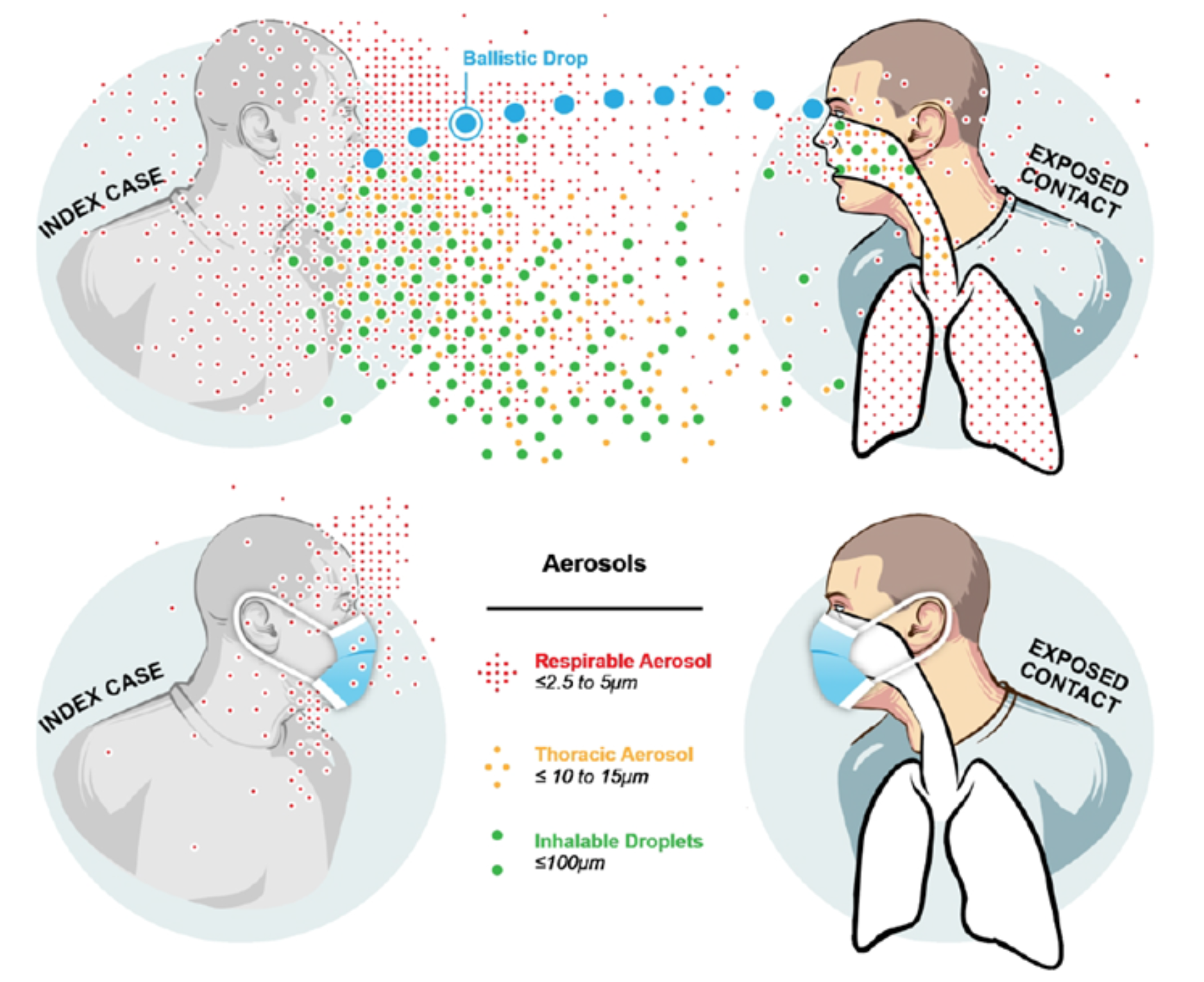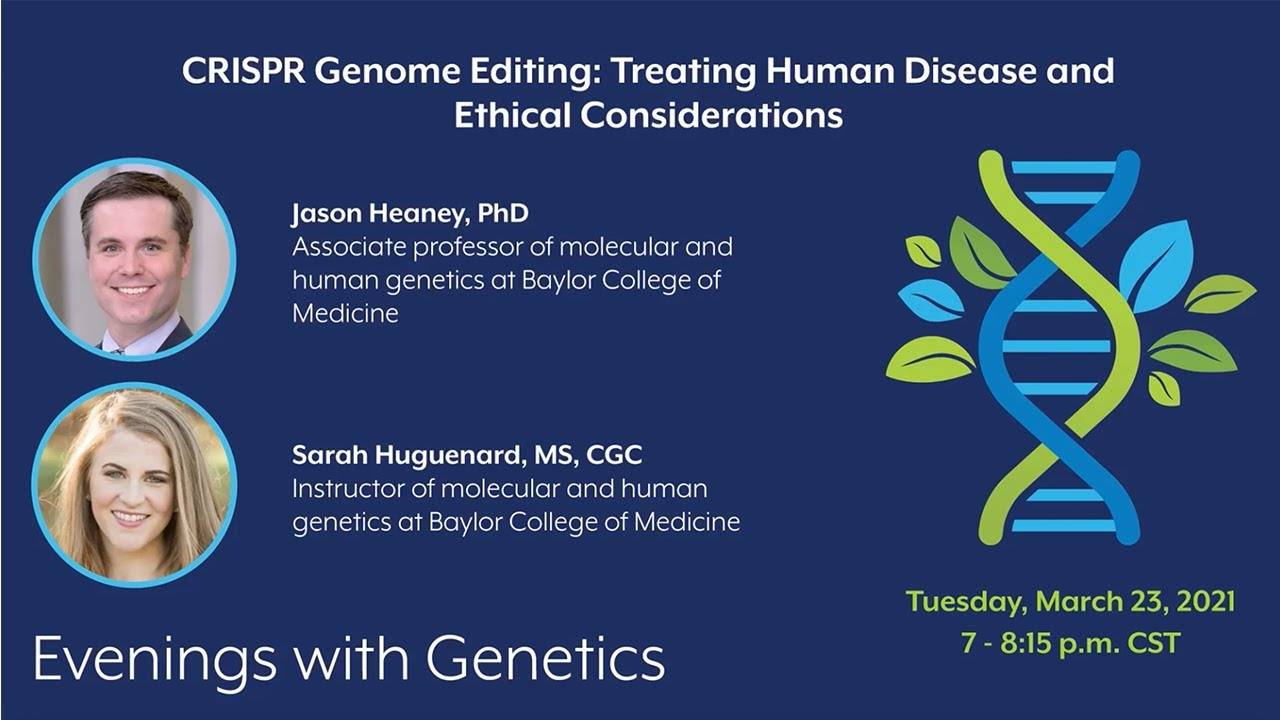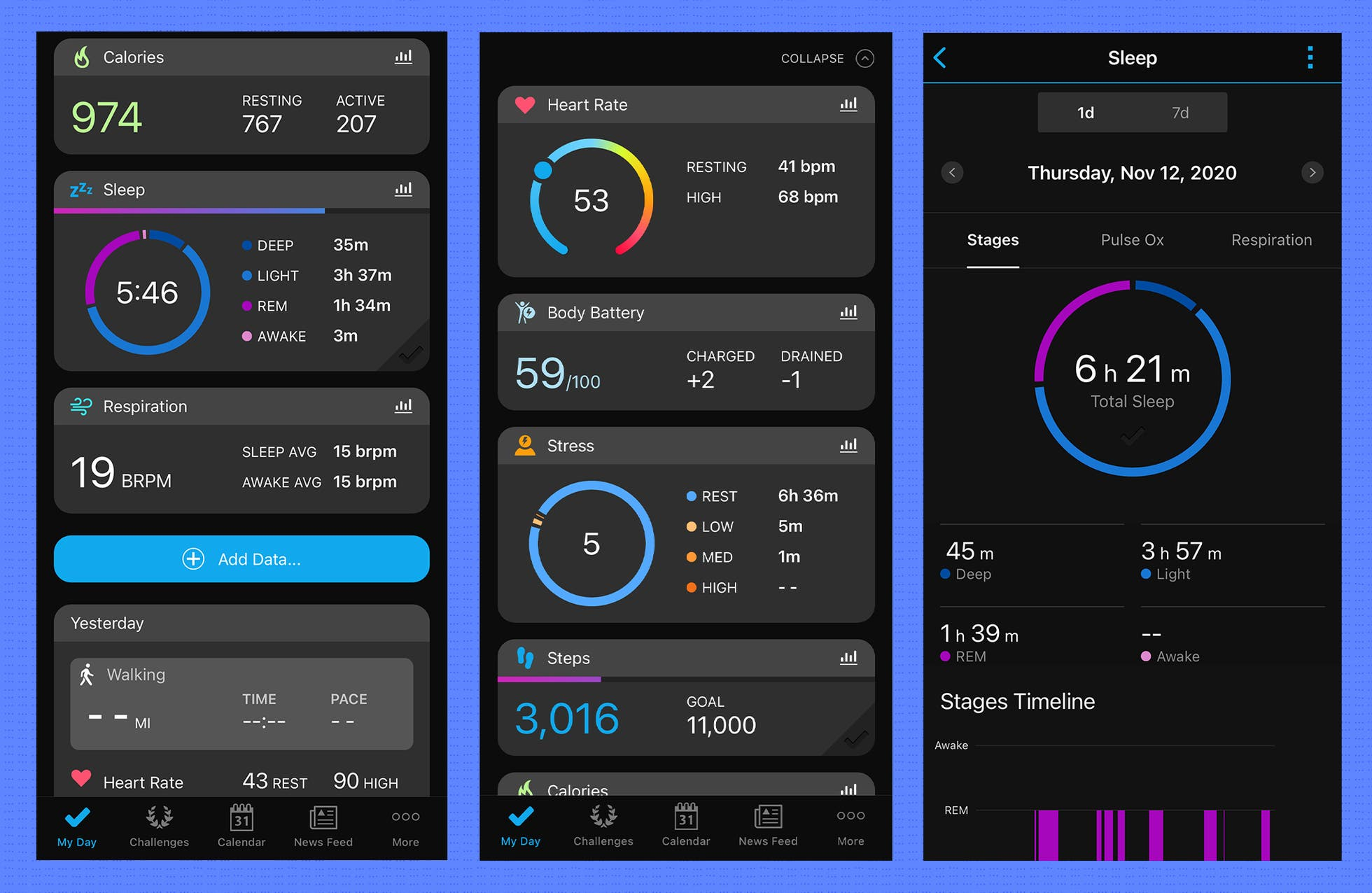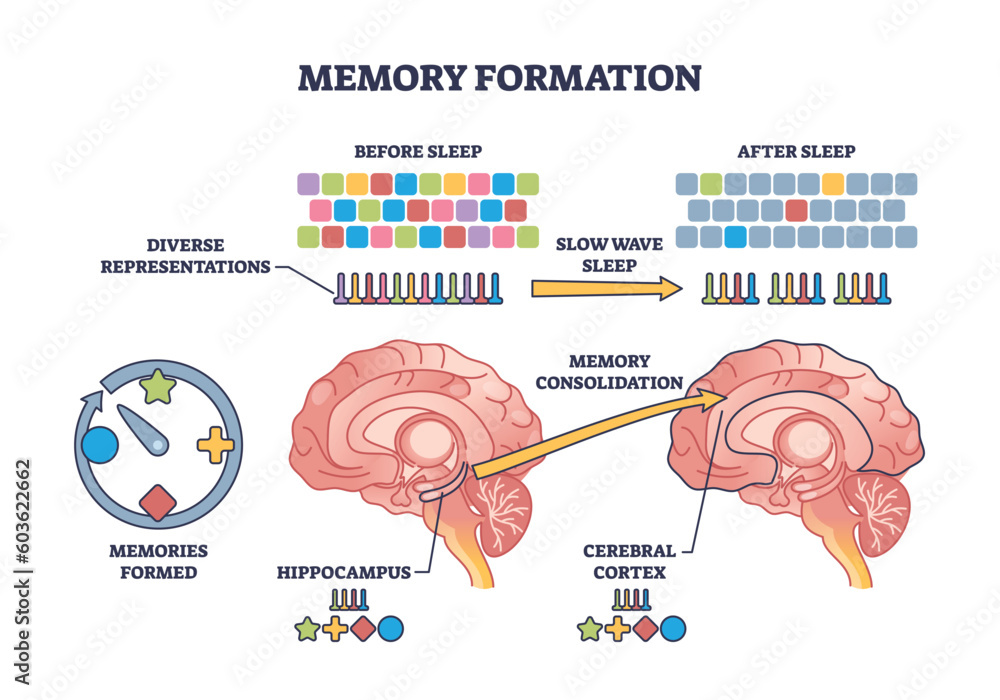
Airborne Disease Control: Insights from Carl Zimmer
Airborne disease control is an essential focus in modern public health, particularly as our understanding of airborne pathogens continues to evolve. The significant contributions of researchers like William Firth Wells have shed light on how microbe transmission can occur through the air we breathe. Although early concepts like the germ theory of disease helped frame our understanding of illnesses, the specific mechanisms behind airborne transmission remained underappreciated for decades. Carl Zimmer’s recent discussions illuminate the struggles and breakthroughs that have shaped this field, revealing how even the most groundbreaking discoveries can be overshadowed by personality dynamics. In a world where respiratory illnesses can spread rapidly, effective airborne disease control remains a crucial challenge for health officials and scientists alike.
The management of respiratory infections and airborne illnesses is vital as we navigate public health challenges today. This involves understanding the nature of infectious agents that travel through the atmosphere, impacting vulnerable populations. Historical insights into how early scientists addressed the complexities of airborne microbe transmission enrich our contemporary strategies. Noteworthy figures in this domain, such as those exploring the links between environmental exposures and health outcomes, continue to inspire current research. As we strive for improved health security, recognizing the significance of controlling illnesses transmitted through the air is essential.
The Legacy of William Firth Wells in Airborne Disease Research
William Firth Wells is often overshadowed in the history of microbiology, yet his contributions to the field of airborne disease research are pivotal. His work in the early 20th century pushed the boundaries of what was then understood about the transmission of pathogens through the air. Wells’s pioneering experiments with air sampling in the 1930s laid the groundwork for modern airborne disease control practices. By demonstrating that human exhalations could carry microbes, he challenged the existing germ theory of disease which primarily focused on contact and environmental factors, thus reshaping the understanding of how diseases spread in crowded and poorly ventilated spaces.
Unfortunately, Wells’s career was marred by his contentious personality and conflicts with prominent figures in the scientific community. His groundbreaking research on airborne pathogens, particularly his development of infection chambers and the utilization of ultraviolet (UV) light to eliminate pathogens, were often disregarded due to his inability to effectively communicate his findings. This highlights the crucial link between personal dynamics within scientific fields and the acceptance of innovative ideas. If not for these interpersonal challenges, his methodologies might have become widely implemented in public health measures much earlier, potentially saving countless lives.
The Role of Personalities in Scientific Progress
In the realm of scientific discovery, the personality of the researcher can greatly influence the acceptance of their work. Carl Zimmer’s exploration into Wells’s struggles illustrates this connection, showcasing how a socially awkward demeanor can inhibit critical advancements in science. Wells, described as a brilliant but difficult colleague, lacked the charisma necessary to promote his findings effectively. Evidence suggests that his ineffectual communication of the germ theory, which recognized microorganisms as harbingers of disease, significantly delayed public health improvements that could have stemmed from his discoveries.
This phenomenon isn’t limited to Wells; it echoes throughout the annals of scientific history. Many researchers, despite having significant theoretical and experimental acumen, face hurdles when their personalities do not resonate well within the community or with the public, which hinders the dissemination of innovative concepts. In discussions about airborne pathogens and their control strategies, it becomes evident that fostering collaborative and communicative environments may be just as crucial as the scientific endeavor itself.
Airborne Disease Control: The Importance of Understanding Pathogen Transmission
The significance of controlling airborne diseases cannot be overstated, particularly in the wake of global health crises that highlight the vulnerabilities in our public health systems. Understanding how airborne pathogens transmit is essential in designing effective measures for disease prevention and control. With diseases like influenza and COVID-19 spread through respiratory droplets and aerosols, pursuing research that unravels the complexities of microbe transmission is critical. The strides made by Wells in showing that pathogens can indeed travel via the air was a monumental shift in how scientists and public health officials approach infectious diseases today.
By integrating innovations such as UV light and improved ventilation systems in public buildings and schools, communities can take proactive steps toward dampening the spread of airborne viruses. Preventive strategies focused on airborne diseases not only limit outbreaks but also contribute to a healthier societal environment. With ongoing research aimed at understanding the nuances of pathogen behavior in the air, the scientific community is better equipped to respond to emerging threats, making airborne disease control a vital and timely area of focus.
The Evolution of Airborne Pathogens Research
The concept of airborne pathogens has evolved significantly since the days of early theorists like Hippocrates who attributed illness to ‘bad air.’ Modern research has expanded the understanding of how microbes interact with their environment, leading to enhanced recognition of the role that air quality plays in health outcomes. Pioneers like William Firth Wells have contributed immensely to this evolution, establishing methodologies that demonstrated how microorganisms could linger in the air for extended periods. This realization shifted the focus from solely looking at water and foodborne pathogens to a more comprehensive view that includes airborne transmission.
As contemporary scientists build on Wells’s findings, research continues to emphasize the importance of air quality monitoring and pathogen control through innovative technologies. The understanding of how airborne pathogens adapt and thrive in various environments is vital for creating effective health policies and interventions. Researchers are utilizing sophisticated air sampling techniques and models to predict the behavior of pathogens, thereby improving the tools available for disease prevention. This ongoing evolution of airborne disease research echoes the historical context of public health evolving alongside scientific discoveries related to germ theory.
The Impact of Germ Theory on Disease Understanding
The germ theory of disease, largely attributed to Louis Pasteur, laid the foundation for modern microbiology and our understanding of how diseases are transmitted. This theory, which posits that specific microorganisms cause specific diseases, fundamentally changed how humanity approached health care. However, as Carl Zimmer highlights in his discourse on Wells, it took time for airborne transmission to be fully incorporated into this framework. Many critical diseases were initially linked only to water and foodborne routes, overshadowing the significant risks posed by airborne pathogens.
The recognition of airborne transmission has progressed our knowledge base significantly, offering more comprehensive strategies for controlling outbreaks. Increased awareness of how air quality, ventilation, and respiratory droplets contribute to disease spread has led to more robust public health measures, especially during global pandemics. Continuous research aids in refining the germ theory to include newer modes of transmission, ensuring that our responses are both relevant and effective in maintaining public health.
Challenges in Public Acceptance of Airborne Disease Concepts
One of the most persistent challenges in the realm of public health is ensuring that scientific concepts, especially those related to airborne diseases, are readily accepted and embraced by the general populace. Despite advancements in research, misconceptions about the transmission of diseases still prevail, often stemming from outdated beliefs. The initial struggle that researchers like Wells faced in gaining acceptance for his ideas highlights the broader issue of how perception can obstruct scientific progress, particularly concerning the ever-evolving understanding of airborne pathogens.
To improve public understanding and acceptance of airborne disease concepts, it becomes essential to promote effective science communication strategies. Efforts must also focus on educating professionals in public health and medicine about the historical context and foundations of airborne disease research. By bridging the gap between scientific findings and community understanding, it’s possible to foster a more informed public that can better respond to airborne diseases when outbreaks occur.
The Role of Modern Science in Airborne Pathogen Research
Today, the scientific community stands on the shoulders of giants like William Firth Wells and Louis Pasteur, armed with modern technologies that enable a deeper investigation of airborne pathogens. Advancements in molecular biology and environmental science allow researchers to analyze how pathogens are transmitted and survive within various environments. Enhanced understanding of viral mechanics, spurred by technologies such as next-generation sequencing and air quality monitoring systems, provides a clearer picture of how to manage and control airborne diseases effectively.
Incorporating these modern tools and research methodologies enhances public health strategies, allowing for more effective responses to airborne outbreaks. Lessons learned from historical figures help steer the direction of ongoing investigations into the behaviors and variations of airborne pathogens. This collective endeavor signifies a critical melding of research and application, ensuring that airborne disease control remains at the forefront of global health initiatives.
Public Health Strategies for Airborne Disease Prevention
Effective public health strategies for preventing airborne diseases encompass a multifaceted approach. Key strategies include ensuring proper ventilation in indoor spaces, employing air filtration systems, and utilizing UV light to disinfect potentially contaminated air. These measures not only reduce the risk of transmission but also promote overall community health. Governments and health organizations must emphasize the significance of evidence-based practices in their public health guidelines, drawing from extensive research on airborne pathogens.
Furthermore, increasing public awareness of how airborne diseases spread enhances compliance with preventive strategies. Educational campaigns targeted toward understanding the importance of air quality, personal hygiene, and respiratory etiquette can significantly mitigate risks associated with airborne diseases. As studies continue to show the critical nature of airborne transmission, public health communications must prioritize compelling messages that resonate with diverse audiences.
Future Directions in Airborne Disease Research
Looking ahead, the future of airborne disease research is poised for significant growth as scientists delve deeper into understanding microbial behaviors in the air. Forthcoming studies will likely explore the genomic variability of airborne pathogens and the implications for outbreak dynamics. Moreover, as technology continues to advance, it will facilitate the development of real-time monitoring systems for airborne pathogens, enabling quicker responses to potential health threats. This progress ensures that the lessons derived from the past inform contemporary practices and policies.
The evolution of public health responses will depend heavily on the collaboration of researchers, healthcare practitioners, and policymakers. By continuing to learn from foundational figures like Wells and their contributions to the germ theory of disease, modern research can advance the conversation around airborne disease control. Efforts focused on inter-disciplinary approaches that combine microbiology, epidemiology, and public health practice will play a decisive role in shaping a healthier future for all.
Frequently Asked Questions
What role did William Firth Wells play in airborne disease control?
William Firth Wells was a key figure in advancing our understanding of airborne disease control. His research demonstrated how airborne pathogens could spread infections and highlighted the effectiveness of ultraviolet light in killing these pathogens, which provided a foundation for modern airborne disease control methods.
How did Carl Zimmer contribute to the public understanding of airborne disease control?
Carl Zimmer, an acclaimed science writer, explores the complex history of airborne disease control in his book ‘Air-Borne: The Hidden History of the Life We Breathe.’ He emphasizes the significant findings of researchers like William Firth Wells that shaped our understanding of airborne pathogens and their role in disease transmission.
What does the germ theory of disease indicate about airborne pathogens?
The germ theory of disease posits that many diseases are caused by microorganisms, including airborne pathogens. This theory is crucial for airborne disease control as it shifts focus from traditional beliefs, like miasmas, towards understanding how diseases like tuberculosis and measles can be transmitted through the air.
Why was the research of William Firth Wells on airborne pathogens significant?
Wells’ research was significant because he provided experimental evidence for the transmission of airborne pathogens, using infection chambers to show how diseases spread through the air. This pioneering work laid the groundwork for future advancements in airborne disease control methodologies.
How can ultraviolet light contribute to airborne disease control?
Ultraviolet light has been shown to effectively kill airborne pathogens, making it a powerful tool in airborne disease control strategies. By incorporating UV light technology in ventilation systems, we can enhance air quality and reduce the spread of infectious diseases in indoor environments.
What impact did personality traits have on the acceptance of airborne disease control theories?
Personality traits significantly impacted the acceptance of airborne disease control theories, as seen in William Firth Wells’ case. His lack of charisma and unpleasant demeanor hindered his ability to effectively communicate his groundbreaking findings, slowing public understanding and acceptance of airborne disease as a critical health issue.
What historical context influenced the understanding of airborne pathogens and disease?
Historically, the understanding of airborne pathogens was clouded by the miasma theory, which attributed disease to ‘bad air’ rather than infectious microorganisms. It wasn’t until the work of key figures, particularly in the 19th century, that the role of airborne pathogens in disease transmission began to be recognized and incorporated into airborne disease control measures.
Will Carl Zimmer’s insights on airborne disease control inspire future research?
Carl Zimmer’s insights into the historical challenges of airborne disease control may inspire future research by highlighting the need for continued exploration and understanding of airborne pathogens, as well as the importance of effective communication in scientific discovery.
| Key Points |
|---|
| Carl Zimmer’s talk on the history of airborne disease control focuses on the impact of personality on scientific acceptance. |
| William Firth Wells was a significant researcher in airborne pathogens but struggled with personal interactions. |
| Historical perspectives on airborne diseases date back to Hippocrates and evolved through the studies of Pasteur and others. |
| Wells conducted pioneering experiments demonstrating that airborne pathogens can be transmitted and harmed by UV light. |
| Despite vital discoveries, Wells’ research faced public and institutional rejection due to his demeanor and personality. |
| The significance of effective communication in scientific breakthroughs was highlighted, showing Darwinian parallels. |
| Instability in Wells’ career and life cut short further advancements in the understanding of airborne diseases. |
Summary
Airborne disease control has been critically influenced by the personalities of key researchers, as highlighted by Carl Zimmer’s analysis. The story of William Firth Wells serves as a poignant example of how personal attributes can delay the acceptance of groundbreaking scientific discoveries. The evolution of our understanding of airborne pathogens from ancient theories to modern research underscores the importance of both scientific inquiry and effective communication in health. As society navigates the complexities of airborne diseases, recognizing the interplay between personality and research could be key to future advancements in airborne disease control.


